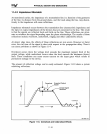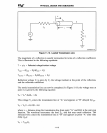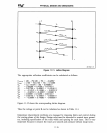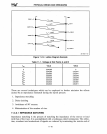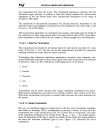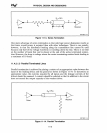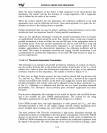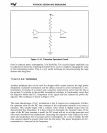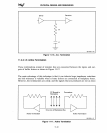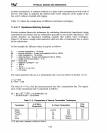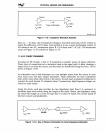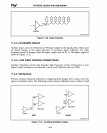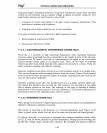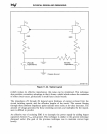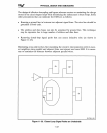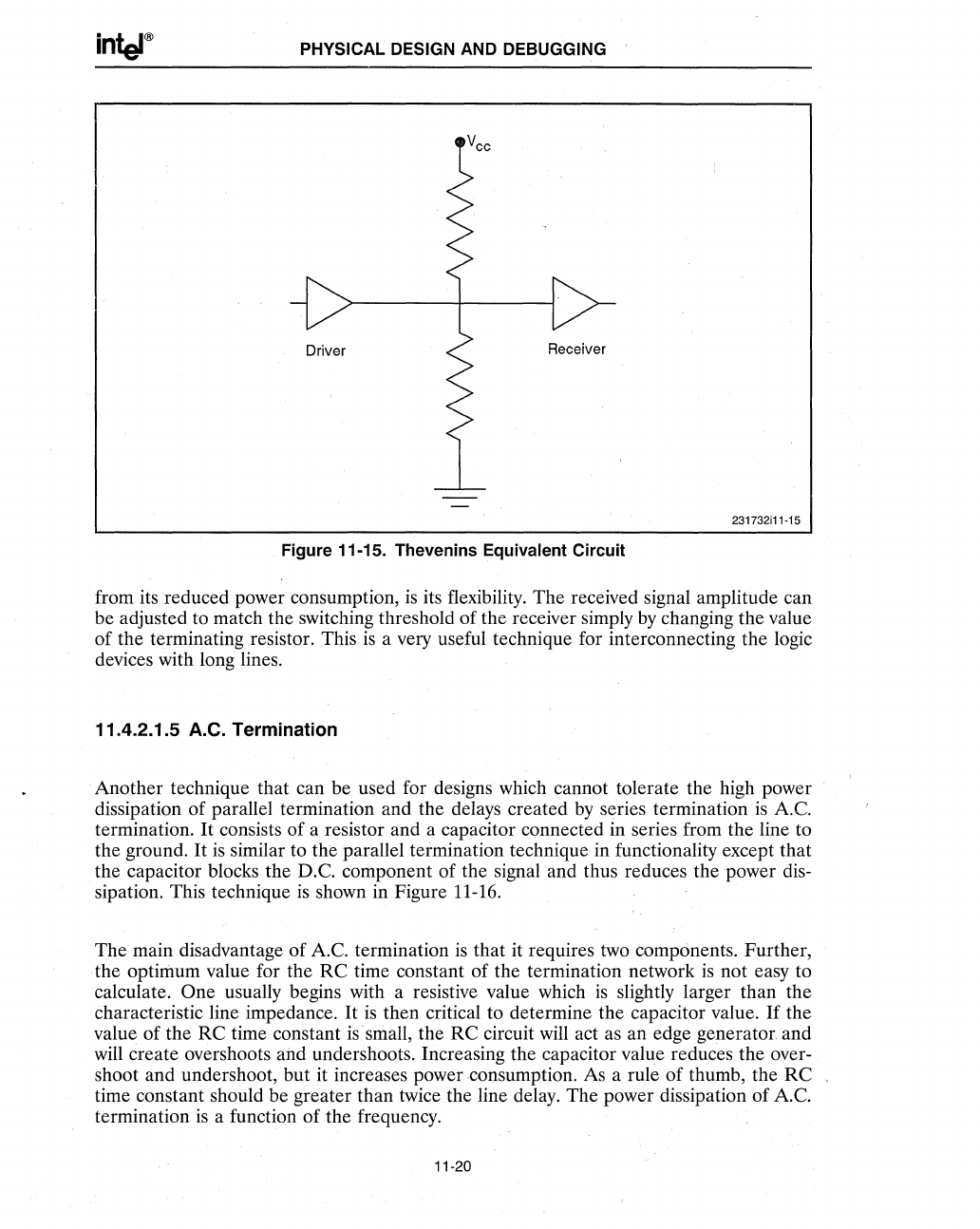
PHYSICAL DESIGN AND DEBUGGING
Driver
Receiver
231732i11-15
Figure 11·15. Thevenins Equivalent Circuit
from its reduced power consumption,
is
its flexibility. The received signal amplitude can
be adjusted to match the switching threshold of the receiver simply
by
changing the value
of the terminating resistor. This
is
a very useful technique for interconnecting the logic
devices with long lines.
11.4.2.1.5 A.C.
Termination
Another technique that can be used for designs which cannot tolerate the high power
dissipation of parallel termination and the delays created
by
series termination
is
AC.
termination.
It
consists
of
a resistor and a capacitor connected in series from the line to
the ground.
It
is
similar to the parallel termination technique in functionality except that
the capacitor blocks the
D.C. component of the signal and thus reduces the power dis-
sipation. This technique
is
shown in Figure 11-16.
The main disadvantage
of
AC.
termination
is
that it requires two components. Further,
the optimum value for the
RC
time constant of the termination network
is
not easy to
calculate.
One usually begins with a resistive value which
is
slightly larger than the
characteristic line impedance.
It
is
then critical to determine the capacitor value.
If
the
value of the RC time constant
is·
small, the RC circuit will act
as
an edge generator. and
will create overshoots
and undershoots. Increasing the capacitor value reduces the over-
shoot and undershoot, but it increases power consumption. As a rule of thumb, the
RC
time constant should be greater than twice the line delay. The power dissipation
of
AC.
termination
is
a function of the frequency.
11-20



